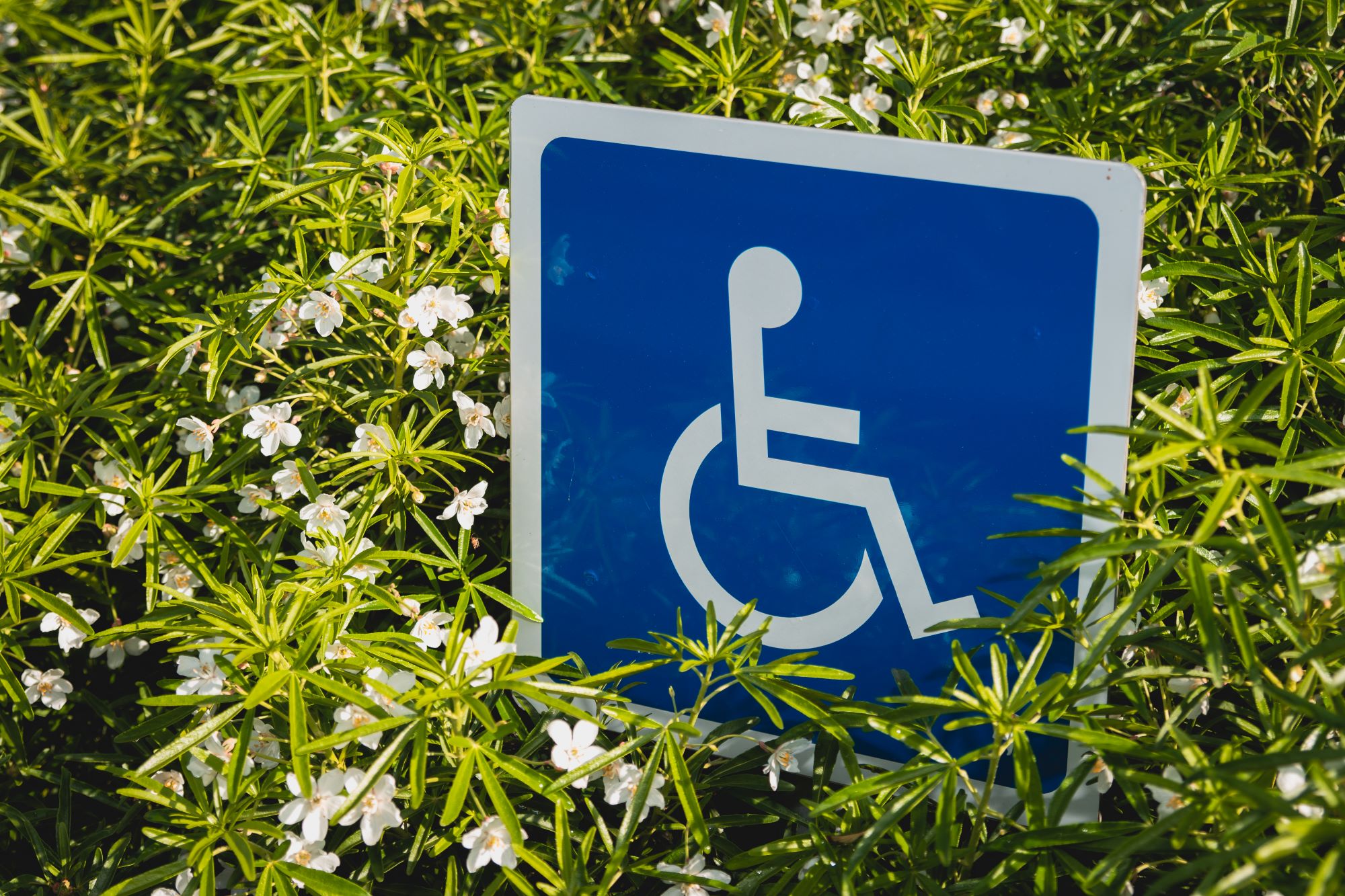The Blue Badge scheme permits drivers or passengers with sure medical situations or disabilities within the UK to park nearer to their vacation spot. It was created with equity and accessibility in thoughts, however some guidelines include it.
This information explores the foundations for Blue Badge holders and restrictions round disabled parking plus all the main points you should park safely and keep away from any fines.
Blue Badge guidelines and laws
In case you are granted a Blue Badge, this shall be in your use and profit solely. Because of this it’s best to by no means permit different folks, akin to household or buddies, to make use of the badge for their very own profit. This may embody operating errands in your behalf until you might be travelling with them. You will need to additionally by no means use a copied badge to park or attempt to change the main points on a badge.
For those who or anybody else misuses the badge, this might result in a £1,000 effective, and your badge could also be confiscated and returned to the issuing native council. You will need to additionally return the badge whenever you not want it, in any other case you might be fined.
Driving with a incapacity and holding a Blue Badge additionally means that you could be be exempt from paying street tax, relying on whether or not you meet sure standards.
Easy methods to show a Blue Badge in your automobile
To stick to disabled parking bay guidelines, you have to show your badge on the dashboard, the place it may be clearly seen via the entrance windscreen. When displaying the badge, ensure that the entrance is going through upward and the hologram is seen at a look.
You will need to additionally make sure that the main points on the entrance of the badge are simply readable or you might obtain a hefty parking effective. In case your badge turns into illegible via common put on and tear, for instance, you have to return the badge to your native council to allow them to provide you with a brand new one.
The place are you able to park with a Blue Badge?
Picture supply: Adobe Inventory
Blue Badges permit you or the driving force of your automobile to park on-street, in locations different automobiles are normally not allowed. Nonetheless, Blue Badge holders can’t park wherever at any time. Disabled parking bay legal guidelines could differ between native authorities, so if you happen to’re travelling someplace new, it’s finest to do your analysis first.
For instance, there are completely different disabled badge parking guidelines in sure areas of London, together with:
- Metropolis of London
- Metropolis of Westminster
- Kensington and Chelsea
- Camden.
For extra info, try the governments’ guidelines and tasks for Blue Badge homeowners in England, Wales, Scotland and Northern Eire.
As a Blue Badge holder, you’ll be able to apply for a disabled parking area close to your own home through your native council. That is usually free, however it’s best to verify in your native council’s web site. You’ll find your native council web site by coming into your postcode on the federal government’s Blue Badge scheme web page. You can even verify your native Citizen’s Recommendation web page or the federal government web site itself.
Can Blue Badge holders park in pay and show areas?
In terms of time-limited parking areas like pay and shows, Blue Badge holders can usually park there for a limiteless time frame, however it could be helpful to double verify together with your native council to see if there are any exceptions the place you reside.
Is disabled parking free?
Normally, your Blue Badge allows you to park without spending a dime within the following locations:
- on streets with parking meters or pay-and-display machines for so long as you should
- in disabled parking bays on streets for so long as you should, until an indication says there’s a time restrict
- on single or double yellow traces for as much as three hours until there’s a ‘no loading’ signal.
Some councils let badge holders park even when there’s a ‘no loading signal’. Once more, chances are you’ll wish to verify your native council web site by coming into your postcode on the federal government web site to seek out out for certain.
Typically, Blue Badge holders can park without spending a dime and with no time restrict in lots of locations, nonetheless, there are restrictions to this. For instance, you might need to pay for parking in a non-public automobile park, akin to a grocery store or hospital automobile park.
If an indication states that there’s a time restrict for badge holders, you have to show your parking clock, which needs to be supplied together with your Blue Badge.
Sadly, these indicators aren’t at all times as accessible or seen as they need to be, with some disabled drivers being caught out by them, so, it could be finest to ask for help if you happen to can’t see an indication otherwise you’re uncertain the way to interpret one.
Whereas off-street or personal automobile park operators ought to present parking areas for disabled folks, it’s finally as much as the automobile park proprietor to resolve whether or not badge holders can park freed from cost.
When do you should use a parking clock (disc)?
As talked about above, you should use a parking clock if a carpark signal states that there’s a time restrict for Blue Badge parking. The parking clock must be displayed alongside together with your Blue Badge on the automobile’s dashboard or fascia panel, or in a spot the place it may be seen clearly via the entrance windscreen.
Upon arrival, you’ll must set the clock to point out the 15-minute arrival interval. Please be aware that the parking clock can’t be used as a substitute of or with out the Blue Badge, so ensure you show each if you end up parking.
You must obtain a parking clock out of your native council alongside together with your Blue Badge. If not, you’ll be able to request one from the council that issued your badge.
Can Blue Badge holders park on double yellow traces?
Picture supply: Adobe Inventory
You may normally park on double yellow traces with a Blue Badge for as much as three hours until there’s a ‘no loading’ signal. That is normally indicated by yellow kerb dashes and/or indicators on plates.
Nonetheless, there are some restrictions. When parking on yellow traces, you have to show your Blue Badge and parking clock exhibiting the quarter-hour interval throughout which you arrived.
Sadly, Blue Badge holders usually are not entitled to park on yellow traces in off-street automobile parks.
Are Blue Badge holders allowed to park in a non-disabled area?
Until there’s signage stating in any other case, you’ll be able to park in any spot in a chosen parking space together with your Blue Badge. This doesn’t essentially imply you’ll be able to park there without spending a dime, so ensure you double-check.
How lengthy does a Blue Badge final?
A Blue Badge normally lasts as much as three years. You will need to keep in mind to resume it earlier than it expires or you will have a interval the place you don’t have a legitimate badge. You may normally reapply for a Blue Badge as much as eight weeks earlier than it is because of run out.
Since you want your badge and the knowledge on it to be seen, if there’s a number of put on and tear in your badge, otherwise you lose it, you’ll have to substitute it right away.
Can you employ a Blue Badge in any automobile?
The Blue Badge is linked to you quite than a automobile, so you should utilize it with any automobile. This additionally contains taxis and rent vehicles that you simply’re both driving or travelling in as a passenger.
Disabled driver insurance coverage from Adrian Flux
After declaring your medical situation or incapacity, Adrian Flux can assist you with insuring your automobile. With greater than 30 automobile insurance coverage schemes masking a wide range of disabilities, you’re certain to seek out the proper disabled driver insurance coverage coverage to go well with you and your automobile.
Name *** for a fast and straightforward quote or e book a callback at a time that fits you.





